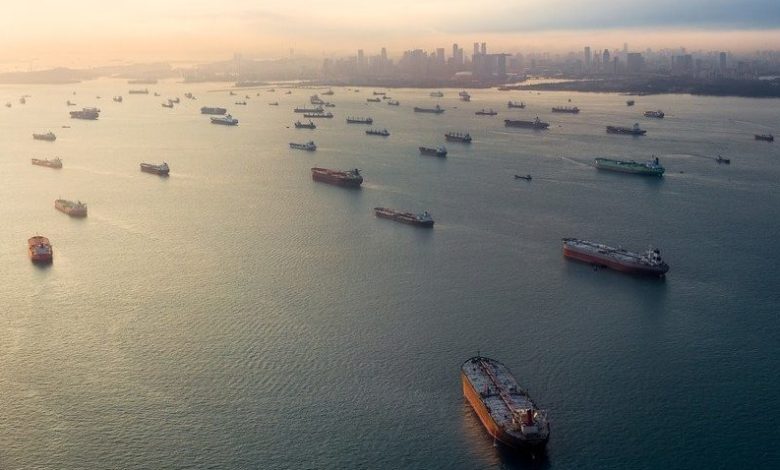Collision avoidance

Commander Nicholas Iliopoulos, a master mariner, looks at best practices when transiting the busy Singapore and Malacca Straits.
The recent spate of collisions seen in and around Singapore waters has seen authorities react fast to engage with the shipping industry and advise how best to avoid similar accidents happening again.
The Maritime and Port Authority of Singapore (MPA) collaborated with the Singapore Shipping Association (SSA) to organise the first in a series of dialogue sessions to the shipping community to reinforce the importance of the safety of navigation in the Singapore Strait and Singapore’s port waters.
The dialogue session was attended by more than 100 representatives from the shipping community. The session covered the interim measures to be adopted, as well as reminders to the ships’ crew on their responsibilities and practices on the safe navigation of their ships.
MPA is also in the final stages of developing a safe passage guide for all mariners navigating in the Straits of Malacca and Singapore, in cooperation with the littoral states of Malaysia and Indonesia and BIMCO, which will be made available as soon as it is ready.
“MPA will continue to engage the shipping community by raising their vigilance”, the body said in a release, adding: “MPA will also take appropriate action against any parties that are found to be guilty of navigational safety lapses in the Singapore Strait and within our port waters.”
Indeed the traffic volume in this narrow and busy waterway has increased almost to an accident-risk level and continues to grow. Industry officials are proposing and debating certain solutions that could mitigate the threat of a hazardous accident, especially from crude carriers. Pilotage could be one way to help reduce such dangers.
Here is a reminder of the rules, regulations and best practices followed by vessels, while transiting the straits. The opinions below are for information only.
The MAIB Accident Investigation Report (Nr 2/2010), among other causes, emphasises the following reasons for triggering accidents (excerpts):
1. Misplaced confidence built on complacency (= calm feeling of satisfaction with oneself, one’s work… – Oxford dictionary)
2. Not applying the Safe Speed COLREGS Rule
3. Not exercising collision avoidance strategy by significantly reducing speed at the initial stages or by making a substantial alteration of course towards the latter stages. This demonstrates a lack of precautionary thought
4. Not valuing the benefits of comprehensive passage planning
5. Not valuing the benefit of close position monitoring
6. Not recognising the assistance that VTS offers to vessels
7. Reluctance of junior officers to tactfully/politely “challenge” the master
8. Not all officers receive Crew Resource Management (Bridge Team Management) – and there after a refresher course, as necessary. Increased competence in leadership and management skills should be fully incorporated.
